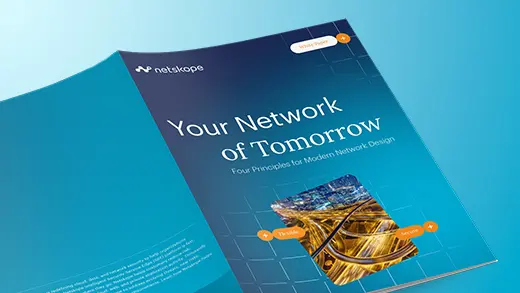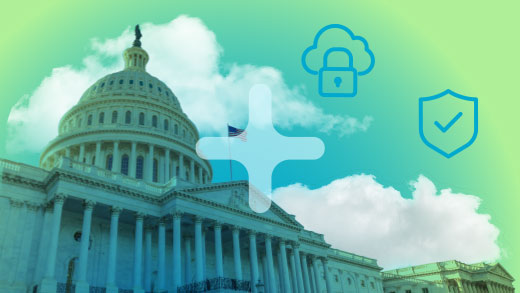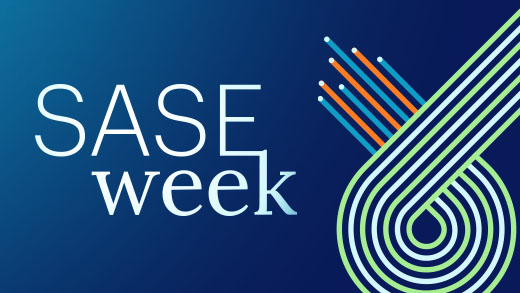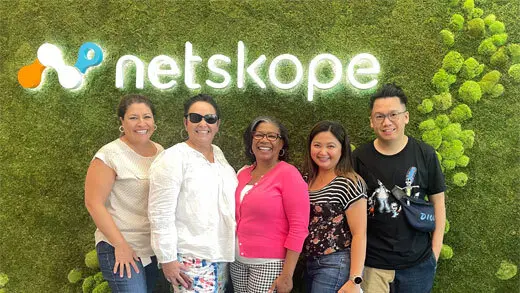Personal app use is rampant in Japan, with 84% of people regularly using personal apps in the workplace, just below the global average of 88%. However, only 9% of people regularly upload, post, or otherwise send data to personal apps each month, far below the global average of 26%. The top personal apps to which they are sending data mirror global trends and include cloud storage (Google Drive, Box, OneDrive), calendar (Google Calendar), social media (Facebook, Twitter/X, LinkedIn), email (Gmail), generative AI (ChatGPT) and note-taking apps (Keep). Personal instances of each of these apps are in use in the overwhelming majority of organizations in Japan, as illustrated in the figure below.

While the overwhelming majority of people in Japan use personal apps, organizations there have generally been very successful in applying real-time policies to limit the amount of data flowing into personal apps. Nearly 100% of Japanese organizations have policies in place to restrict how personal apps can be used, employing a variety of different strategies as described below.
Explicit Blocks
Nearly three-quarters (73%) of organizations in Japan have activity-level policies to explicitly block upstream activities like upload, post, and send in personal apps. These explicit block policies are often applied specifically to personal cloud storage apps (e.g., Box, Google Drive, Microsoft OneDrive), personal webmail apps (e.g., Gmail, Yahoo Mail), generative AI apps (e.g., ChatGPT), and social media apps (e.g., Facebook, LinkedIn, Twitter/X).
Real-Time Coaching
Nearly one-half (49%) of organizations in Japan leverage real-time coaching to reduce personal app risk. Real-time coaching helps users make informed decisions about data security by empowering the individual–who typically understands the data and business content–to make the right decision. In this case, the coaching prompt appears when the user tries to upload data to a personal app and reminds them of company policy regarding personal apps. The reason coaching is so effective at limiting personal app use is that users rarely (only 27% of the time) choose to proceed when presented with a coaching prompt. The other 73% of the time, the user decides not to continue with their risky behaviour and finds a safer route to achieve their goal.
Data Loss Prevention (DLP)
More than one-third (35%) of organizations in Japan apply DLP policies to personal apps to reduce risk. The figure below shows the breakdown of the types of data users attempt to upload to personal apps in violation of company policies, with intellectual property accounting for two-thirds of the violations, followed by regulated data (such as personal, financial, or healthcare data).





 Back
Back 






















